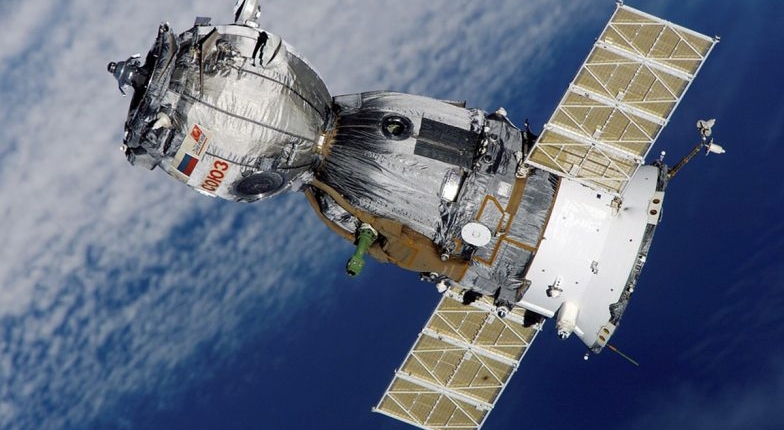The rising issue of light pollution caused by low Earth orbit (LEO) satellites, such as Elon Musk’s Starlink, is affecting astronomers’ access to dark night skies for observations. The scientific community is currently working to address the problem by lowering the satellites’ brightness and using other measures, but other issues such as orbital traffic concerns and environmental pollution from debris and rocket exhaust gases remain unresolved. The loss of a pristine night sky is an unprecedented global threat to nature and cultural heritage, and the scientific community has called for a stop and regulation of the “unprecedented escalation” of LEO mega-constellations. Immediate steps include reinforcing public appeals for tightening the criteria for authorizing massive satellite launches and subjecting this kind of activity to rigorous environmental impact assessment, among other measures.
Scientists Concerned About Light Pollution and Astronomers’ Work Hindrance Caused by LEO Satellites
Astronomers are facing difficulties accessing dark night skies for their observations due to increasing light pollution caused by low Earth orbit (LEO) satellites, such as Elon Musk’s Starlink, according to scientists. In a Comment published in the journal Nature Astronomy, the scientists argued that the space economy will not restrict itself, resulting in new environmental and security issues from the new mega-constellations of satellites if not forced.
The scientific community is currently working to address the issue of light reflected towards the night hemisphere by these satellites by lowering their brightness and closing the shutters of telescopes’ instruments when in the field of view, among other measures. However, the scientists, including Fabio Falchi from the University of Santiago de Compostela in Spain, pointed out that this will not solve all the related problems.
Other problems include orbital traffic concerns and atmospheric pollution from debris and rocket exhaust gases that will remain unresolved. The loss of a pristine night sky is an unprecedented global threat to nature and cultural heritage, the scientists said.
The paper also highlighted that if matters continue, the night sky will no longer be viewable as it was before. Dozens, hundreds, or even thousands of satellites will be visible in the sky, making it impossible to appreciate the natural beauty of the night sky. The scientists warned that if not stopped, this craziness will become worse and worse.
Currently, Musk’s SpaceX has more than 3,000 of the 5,000 active satellites orbiting Earth, including the Starlink fleet. Moreover, the company has already approved 12,000 Starlink launches and plans to launch a further 30,000 second-generation satellites covering the entire globe. Similarly, China and Russia have shown aspirations for world satellite dominance.
Scientists Raise Concerns Over Light Pollution and Threats to Astronomical Observations Caused by LEO Satellites
According to space archaeologist Alice Gorman from Flinders University, in a couple of generations, no one will remember the night sky before the satellites. Astronomer Karlie Noon from the Australian National University warned that light pollution is rapidly becoming a threat to observations that depend on expensive machinery.
The scientific community has called for a stop and regulation of the “unprecedented escalation” of LEO mega-constellations, asking countries to take decisive action, particularly those that bear a larger share of responsibility in the current process of deterioration of the global night sky.
The scientists have suggested immediate steps, including reinforcing public appeals for tightening the criteria for authorizing massive satellite launches, subjecting this kind of activity to rigorous environmental impact assessment, and repealing regulations that hinder preserving our global commons.
Don’t miss interesting posts on Famousbio










